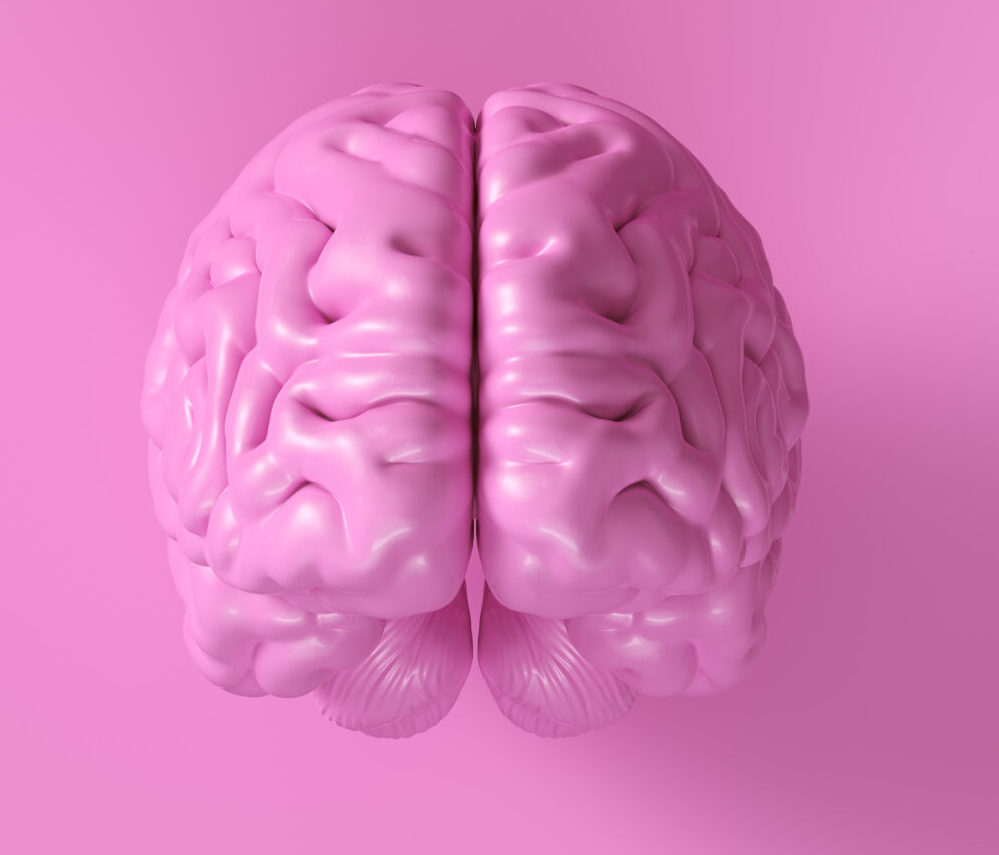Advanced neuroimaging techniques are revolutionizing our understanding of dementia by uncovering its hidden causes. Dementia, a condition that affects millions worldwide, is primarily caused by Alzheimer’s disease, which accounts for 50 to 70 percent of all dementia cases. Alzheimer’s progression is driven by abnormal protein deposits, such as amyloid plaques and neurofibrillary tangles, that disrupt neuronal function.
Neuroimaging plays a central role in diagnosing and monitoring Alzheimer’s disease. Techniques like structural magnetic resonance imaging (MRI) and functional MRI (fMRI) offer valuable insights into brain changes associated with the disease. Structural MRI can detect early changes in brain structures, particularly in regions like the hippocampus, which is crucial for memory. Hippocampal atrophy is a well-established biomarker for Alzheimer’s, indicating disease progression.
Functional MRI tracks changes in brain activity by measuring blood flow and oxygenation. It reveals how Alzheimer’s affects neural networks, showing reduced connectivity in certain brain regions. This information helps researchers understand how the disease impacts cognitive functions.
Another key aspect of neuroimaging in dementia research is the visualization of Alzheimer-related biomarkers. These include amyloid plaques, tau protein tangles, neuroinflammation, and synaptic dysfunction. Advanced imaging techniques can identify these biomarkers, providing a more comprehensive view of the disease’s pathophysiology.
The integration of neuroimaging with other diagnostic tools, such as genetic data and fluid biomarkers, enhances our ability to track disease progression and tailor treatment strategies. For instance, combining MRI with cerebrospinal fluid (CSF) analysis can offer a more accurate diagnosis and monitoring of Alzheimer’s.
Furthermore, research highlights the importance of vascular factors in dementia. Vascular diseases can compromise blood flow to the brain, leading to cognitive impairments. Neuroimaging can detect these vascular changes, allowing for early intervention and potentially reducing the risk of dementia.
In conclusion, advanced neuroimaging is a powerful tool in uncovering the hidden causes of dementia. By providing detailed insights into brain changes and disease progression, these techniques are helping to refine diagnostic methods and develop more effective treatment strategies. As research continues to advance, the hope is that neuroimaging will play a crucial role in improving outcomes for individuals affected by dementia.

